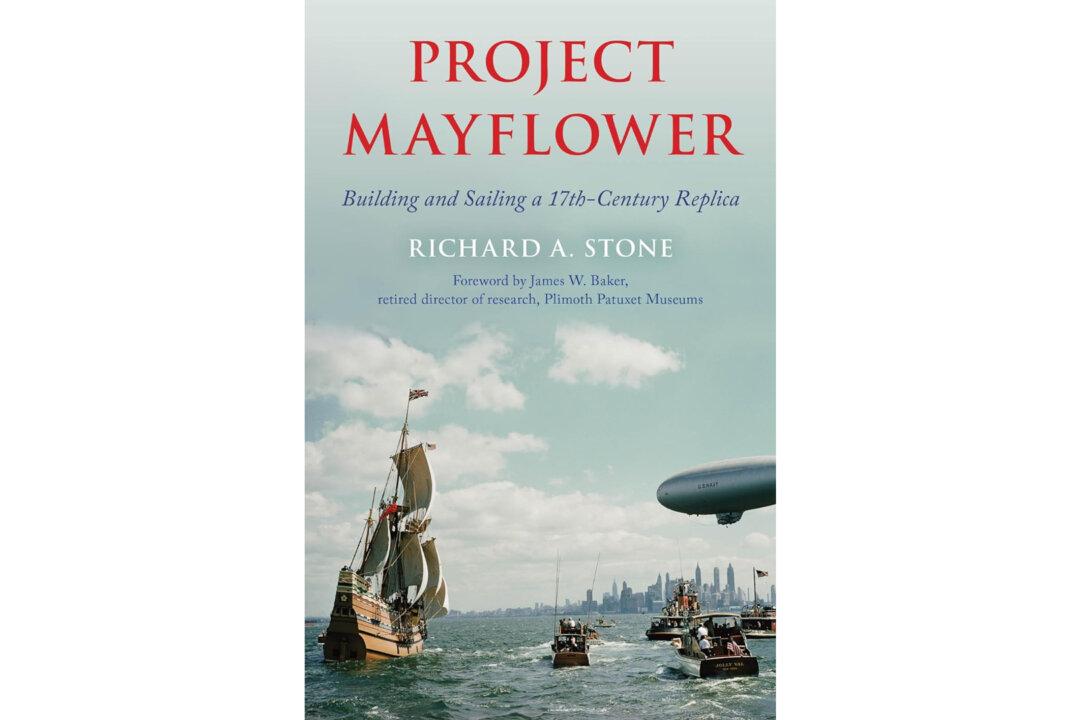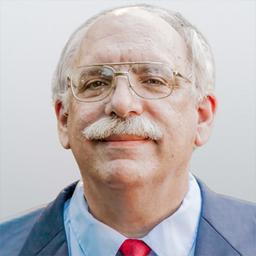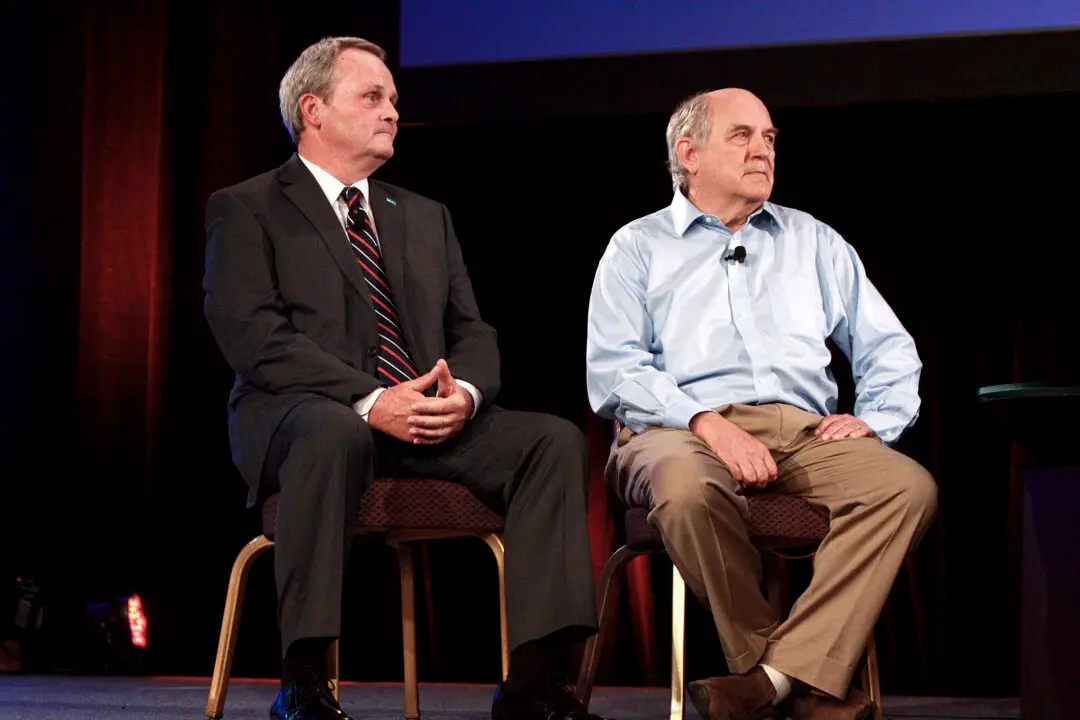Mayflower II is a replica of the ship that brought the Pilgrims to America in 1620. The oldest seagoing replica ship in existence today, millions visit it annually at its Plimoth Patuxet museum home.
“Project Mayflower: Building and Sailing a Seventeenth-Century Replica,” by Richard A. Stone tells the ship’s history from its 1950s conception to the present. It presents its construction and its 1957 transatlantic voyage.






